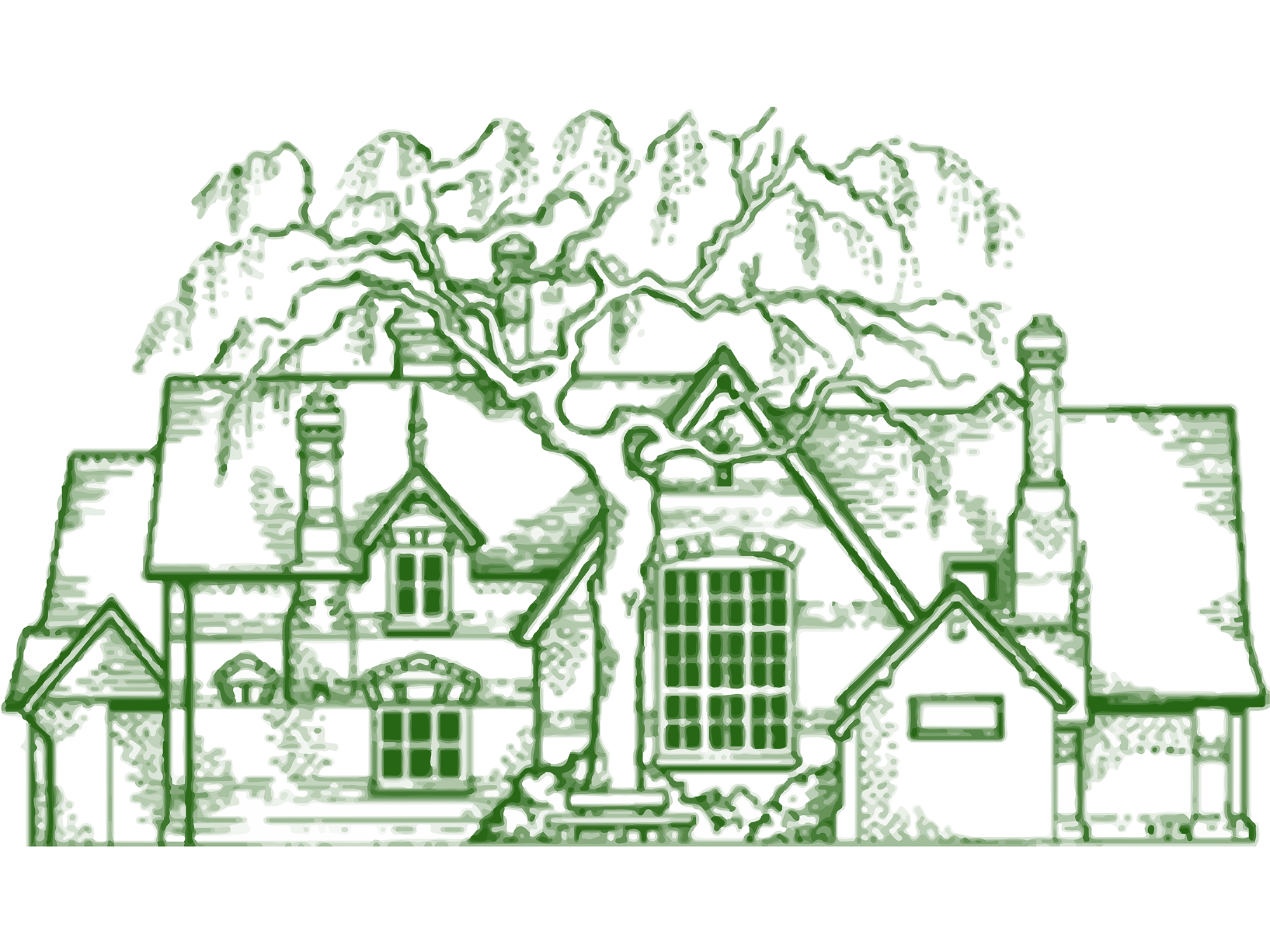Design and Technology
Curriculum Intent
The aim of our DT curriculum is to inspire children to find ways to solve problems. Through setting carefully planned challenges, we provide opportunities for children to develop their creativity and design products for the real world.
They learn how to use different resources, materials and tools to be innovative and enterprising. Through the evaluation of past and present design and technology, they develop a critical understanding of its impact on daily life and the wider world.
Pupils are encouraged to think creatively in their designs, finding new approaches to looking at problems. They become reflective and resilient, overcoming challenges and refining designs, and apply their speaking and listening skills to listen to the ideas of others and adapt their own thinking based on what they hear and see.
Curriculum Implementation
Cheriton Primary School follows the PlanBee Primary DT Curriculum. This curriculum allows pupils to learn a wide range of knowledge and skills, developing understanding as well as clear progression throughout KS1 and KS2. The two year cycle is carefully planned to ensure no matter what order the children complete the units, they experience progression and development of knowledge, skills and understanding in a logical way.
They complete one unit of DT each term.
Children have the opportunity to develop their skills within the following six areas):
- Cooking and Nutrition
- Structures
- Programming and Electrical Systems
- Mechanical Systems
- Textiles
- Inventions and Achievements
Throughout the scheme of work, children will study designers and inventors from all cultures and times learning from great inventions in history.
After each lesson, teachers assess children’s knowledge and understanding through a range of questions that enable children to reflect and evaluate their learning. This gives children opportunities to evaluate and improve their work through teacher guidance.
Curriculum Impact
The impact of our DT curriculum can be seen not only in our children’s books but also through classroom displays and the school environment.
Ongoing assessment allows teachers to judge how well pupils are progressing in both their knowledge and skills in Design Technology. Teachers are given clear ‘key knowledge’ to teach for each unit and identified skills that they will be developing. These statements are used to check understanding and assess progress.
Teachers use this information to inform future lessons and units of work, ensuring children are supported and challenged appropriately. This data is analysed on a termly basis to inform and address any trends or gaps in attainment.
Children in Year R are assessed within Physical Development and Expressive Arts and Design and their progress is tracked termly by class teachers. Age related expectation levels are reported to parents at the end of each year.
Subject leaders measure the impact of the Design Technology curriculum through the following methods:
- Summative assessment of pupil discussions about their learning.
- Images of the children’s practical learning.
- Interviewing the pupils about their learning (pupil voice).
Analysis of teacher assessment data.
